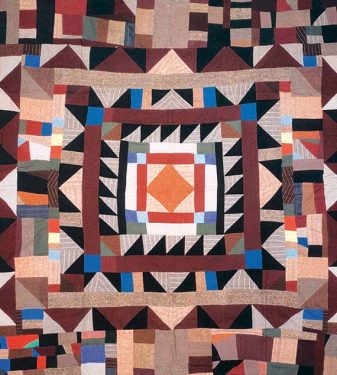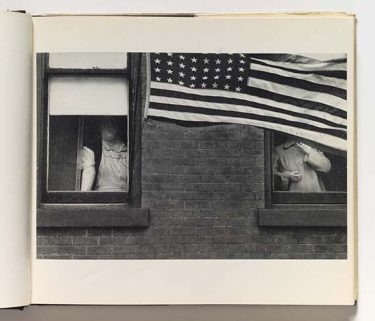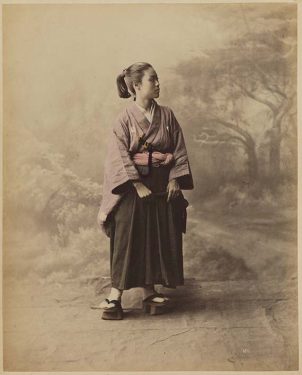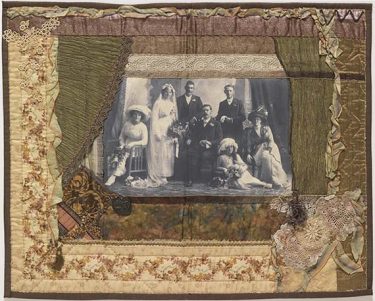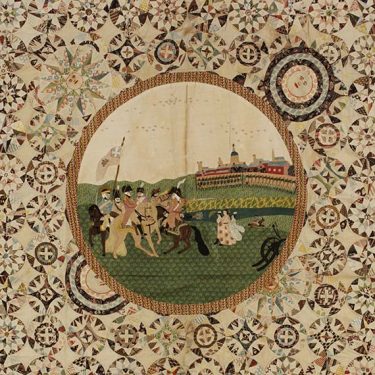The Quilt
There is something about quilts that inspires an emotional and very personal response, and through-out the exhibition ‘Quilts 1700-1945’, you can hear visitors talking about people and objects from their childhoods that have been evoked by the objects on display. The Gallery has also received a significant amount of correspondence in relation to the exhibition…
